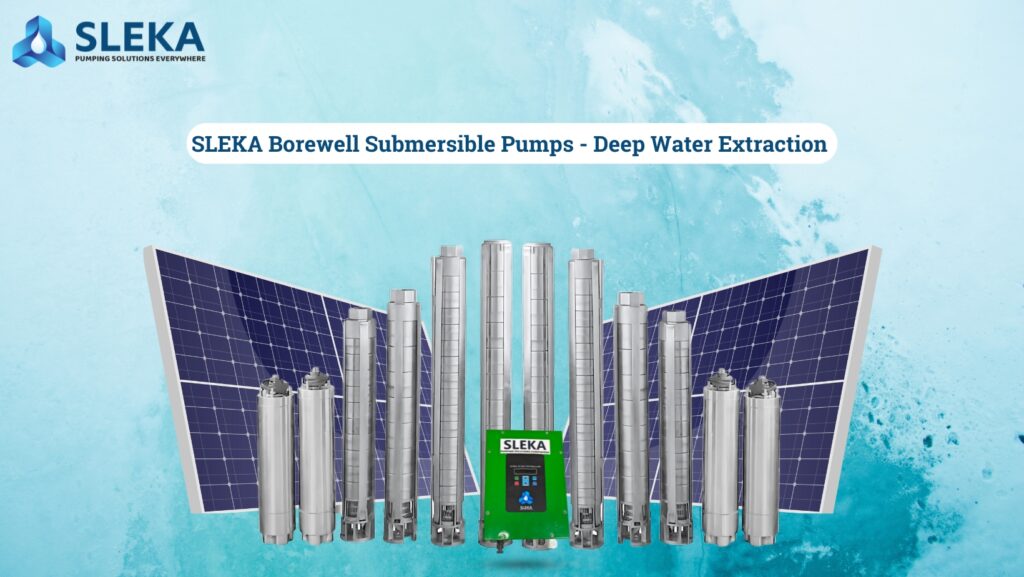SLEKA Quality Standards – Manufacturing Excellence
Quality Control, Testing, Certifications, Facility Dealer Profit Guide 2025 – ₹2-5 Lakh Monthly Earnings Quality control, testing, certifications, facility dealers across India are consistently reporting weekly earnings that project into ₹2–5 lakhs per month when backed by strong market positioning and SLEKA’s powerful dealership support ecosystem. With India’s commercial quality control, testing, certifications, facility market […]
SLEKA Quality Standards – Manufacturing Excellence Read More »











